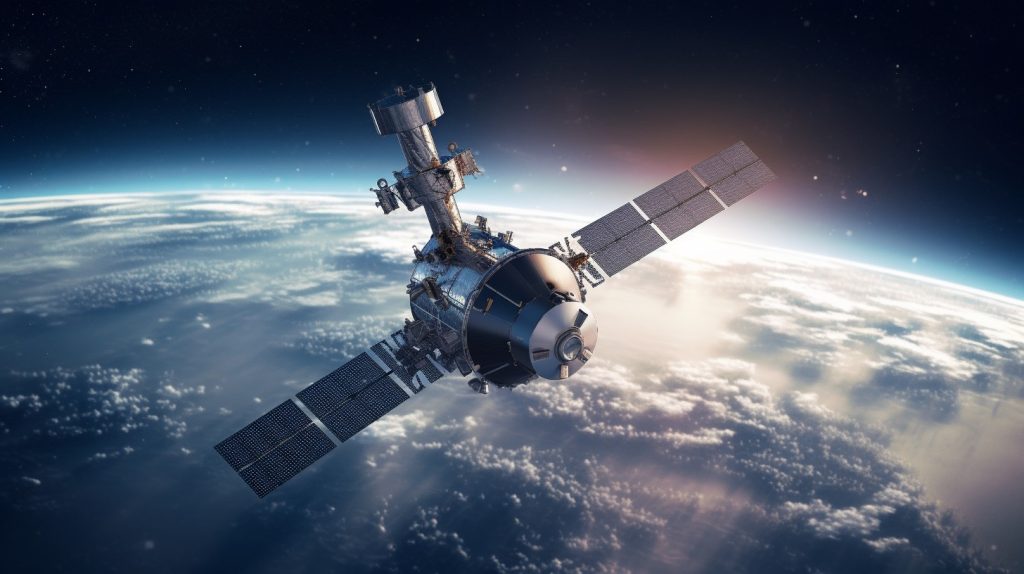Machine Learning for Exoplanet Discovery: Revolutionizing Astronomy
Introduction
In the vast expanse of the cosmos, astronomers have long been intrigued by the possibility of finding exoplanets, celestial bodies orbiting stars beyond our solar system. The discovery and characterization of exoplanets have opened new horizons in our quest to understand the universe and its potential for harboring other life forms. Machine Learning (ML) has emerged as a powerful tool in this endeavor, enabling astronomers to sift through immense datasets, identify exoplanets, and decipher their properties. In this article, we explore how AI algorithms are transforming the field of exoplanet discovery and characterization.
The Challenge of Exoplanet Discovery
The Quest for Other Earths
- Finding exoplanets akin to Earth, located in the habitable zone of their host stars, is a key goal in exoplanetary research. These Earth-like exoplanets could potentially harbor liquid water, making them prime candidates for hosting life as we know it.
The Overwhelming Data Deluge
- The discovery of exoplanets relies on the observation of subtle changes in starlight caused by planets passing in front of their host stars (transits) or gravitational interactions (radial velocity). However, these observations generate massive datasets with complex patterns that are challenging to analyze manually.
Machine Learning in Exoplanet Discovery
Automating Data Analysis
- ML algorithms excel at pattern recognition and data analysis. In exoplanet discovery, they can automatically identify transit signals or radial velocity variations, allowing astronomers to detect exoplanets more efficiently.
Identifying Transit Signals
Transit Detection with ML
- ML models are trained to recognize the periodic dips in a star’s brightness caused by transiting exoplanets. These algorithms can discern subtle signals in noisy data that might be missed by human observers.
False Positive Mitigation
- ML algorithms also help distinguish between genuine exoplanet transits and false positives caused by instrumental or astrophysical effects, reducing the number of spurious detections.
Radial Velocity Analysis
Precise Doppler Measurements
- ML techniques assist in extracting precise radial velocity measurements from spectroscopic data. They can detect minute shifts in starlight caused by the gravitational pull of orbiting exoplanets.
Stellar Activity Correction
- ML models can separate radial velocity variations induced by exoplanets from those caused by stellar activity, such as spots or flares, improving the accuracy of exoplanet characterizations.
Characterizing Exoplanets
- ML is not only instrumental in exoplanet detection but also in characterizing these newfound worlds:
Transit Light Curve Analysis
- ML algorithms analyze the shape of transit light curves to infer properties like exoplanet radius, orbital period, and even atmospheric compositions.
Spectral Analysis
- ML models can process spectra from exoplanet atmospheres to detect chemical signatures and infer atmospheric conditions.
Habitability Assessment
- ML-based habitability models consider factors such as temperature, surface gravity, and the presence of liquid water to assess a planet’s potential habitability.
The Benefits of ML in Exoplanet Discovery
- Exoplanet Yield
- ML algorithms have significantly increased the number of confirmed exoplanets. Automated pipelines can analyze vast datasets from missions like Kepler and TESS, resulting in a higher discovery rate.
- Speed and Efficiency
- ML-driven automation accelerates the exoplanet discovery process, enabling astronomers to quickly identify and confirm potential candidates.
- Improved Precision
- ML algorithms can tease out faint exoplanet signals from noisy data, leading to more precise characterizations of exoplanetary properties.
- Data-Driven Insights
- By processing and analyzing extensive datasets, ML algorithms can uncover rare or unexpected exoplanet phenomena that might be overlooked in manual analyses.
Real-World Applications of ML in Exoplanet Discovery
- Kepler Space Telescope
- The Kepler mission was a pioneer in exoplanet discovery and instrumental in advancing ML applications. ML algorithms were used to process Kepler’s data and identify thousands of exoplanet candidates.
- Transiting Exoplanet Survey Satellite (TESS)
- TESS, launched in 2018, continues the search for exoplanets around bright, nearby stars. ML plays a pivotal role in processing TESS data, identifying transit signals, and confirming exoplanet candidates.
- James Webb Space Telescope (JWST)
- The upcoming JWST is expected to revolutionize exoplanet studies. ML will be crucial in analyzing JWST’s high-resolution spectra to understand exoplanetary atmospheres and compositions.
- Ground-Based Observatories
- ML is not limited to space-based missions. It is increasingly employed in the analysis of data from ground-based observatories equipped with high-resolution spectrographs and photometric instruments.
Challenges and Future Directions
- Complex Data Interpretation
- As data becomes more complex and high-dimensional, ML algorithms must adapt to handle a broader range of exoplanet characteristics and detection techniques.
- Rare and Exotic Exoplanets
- ML models need to be trained on a wider variety of exoplanet types, including those with unusual properties, to ensure robust and reliable detections.
- Explainability and Interpretability
- The black-box nature of some ML algorithms can make it challenging to interpret their results, leading to the need for explainable AI techniques.
- Data Quantity and Quality
- The success of ML in exoplanet discovery relies on the quantity and quality of data. Ensuring consistent and high-quality data from various observatories is critical.
Conclusion
Machine Learning has revolutionized the field of exoplanet discovery and characterization, enabling astronomers to process vast datasets and identify planets beyond our solar system with unprecedented efficiency and precision. As technology continues to advance and missions like the James Webb Space Telescope come online, the role of ML in our quest to explore other worlds will only grow, promising new insights into the diversity and potential habitability of exoplanets across the cosmos.

